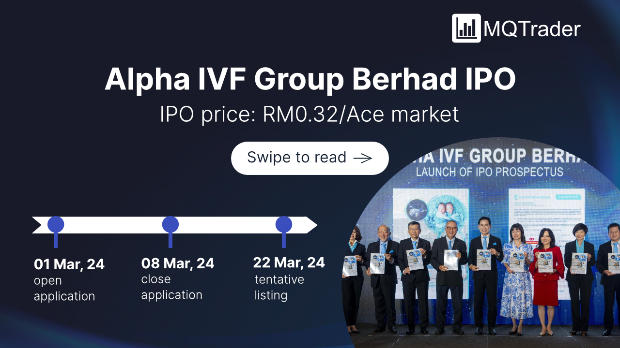Image Credit: Christophe Vorlet
By Jason Zweig | 12:42 pm ET Oct. 16, 2015
Crowdfunding is reaching critical mass.
In the financial equivalent of a flash mob, this technique rapidly funds projects with relatively small sums from many people. You might already have donated to a worthy cause or a young independent film director through such websites as Kickstarter or Indiegogo. But under a law passed by Congress in 2012, crowdfunding is becoming a way to invest in financial assets as well.
 This past week, AngelList, a website that matches investors with young companies that need capital, announced that it has raised $400 million from a Chinese-backed venture-capital firm to pump into promising startups. And the Financial Industry Regulatory Authority, which oversees how securities are marketed to the public, proposed new rules that would make it easier for brokerage firms to create crowdfunding portals online.
This past week, AngelList, a website that matches investors with young companies that need capital, announced that it has raised $400 million from a Chinese-backed venture-capital firm to pump into promising startups. And the Financial Industry Regulatory Authority, which oversees how securities are marketed to the public, proposed new rules that would make it easier for brokerage firms to create crowdfunding portals online.
You can join crowds buying stakes in hedge funds and private-equity portfolios, technology startups in Israel, commercial real estate across the U.S., portfolios of contemporary art or even stakes in pending class-action lawsuits. You’re eligible if you have at least $200,000 in earned income or at least $1 million in net worth, not counting the value of your home.
Before you join the crowd, you should recognize that this investing technique is not only novel, exciting and potentially lucrative; it is also costly, risky and hard to exit.
Look, for instance, at OurCrowd, launched two-and-a-half years ago. The firm has funded 80 technology companies, mostly in Israel, with $170 million from approximately 1,500 investors putting up as little as $10,000 apiece, says chief executive Jon Medved. With startups staying private much longer than they used to, “you gotta play here,” rather than in the public markets, he says.
The firm is seeking to generate “double-digit” annual returns, says Mr. Medved. One of its portfolio companies, ReWalk Robotics Ltd., went public last year.
Costs are steep: Management fees and expenses can go up to 12%, meaning that you have to earn nearly 14% just to break even. You can’t sell your stake to anyone else and should expect to hold for several years.
The claims of crowdfunding promoters aren’t subject to the same regulatory scrutiny as, for example, the performance numbers of mutual funds.
Until this week, the website of Fundrise, which crowdfunds capital for commercial real-estate deals, included a performance graph showing that real estate produced a cumulative “355% growth” between January 2000 and January 2013, while the S&P 500 index of U.S. stocks generated “4.7% growth.”
According to research firm Morningstar, the total return on the S&P 500, including dividends, was 28.6% over that period.
Fundrise took its data on the S&P 500’s returns from Google Finance without dividends, says chief executive Ben Miller, and the firm is correcting the display on its website.
The long-term return on real-estate investment trusts has averaged 12% annually, says Morningstar. Mr. Miller says Fundrise can exceed that rate because it specializes in smaller, more-lucrative deals and its online technology and sophisticated analysis reduce costs and risks. “We can sift through a lot more deals and find the diamonds in the rough,” he says.
Another online platform, Arthena, offers fractional stakes in collections of modern art for as little as $2,500. Investors have to stay put for five years; Arthena will collect 20% of any profits, and insurance and storage costs will likely run 1% to 2% annually, says chief executive Madelaine D’Angelo.
Arthena’s website says an index of major artworks returned an average of 10.5% annually between 2004 and 2014, far outpacing the stock market. But that index is based on auction sales that include much more expensive works than the smaller, private purchases that Arthena plans to offer its crowdfunding investors. And the fickleness of the art world makes the stock market seem like a model of rationality.
“Investors should not count on a performance close to that shown by an art price index,” says Christophe Spaenjers, an economist at the French business school HEC Paris who studies the history of the art market.
Ms D’Angelo says “behavior at the higher end of the art market predicts prices at the lower end,” although she cautions that “you might lose your capital.”
Crowdfunding can offer vastly greater psychic reward than you will ever get out of a boring old index fund that mimics the market like a monkey. You might share your insights with the young entrepreneurs you fund — testing their products, recommending employees or even joining the board of directors. If you love art, you can go beyond buying a stake in paintings or sculptures — becoming an art-world insider with entrée to private gallery tours, artists’ studios, museum openings and art fairs.
But those psychic rewards come with high financial costs and risks. So don’t even think of joining the crowd unless you can do your homework and diversify. “If you’re only going to do one or two or three of these,” says Mr. Medved of OurCrowd, “you must like playing roulette.”
Source: The Wall Street Journal






















